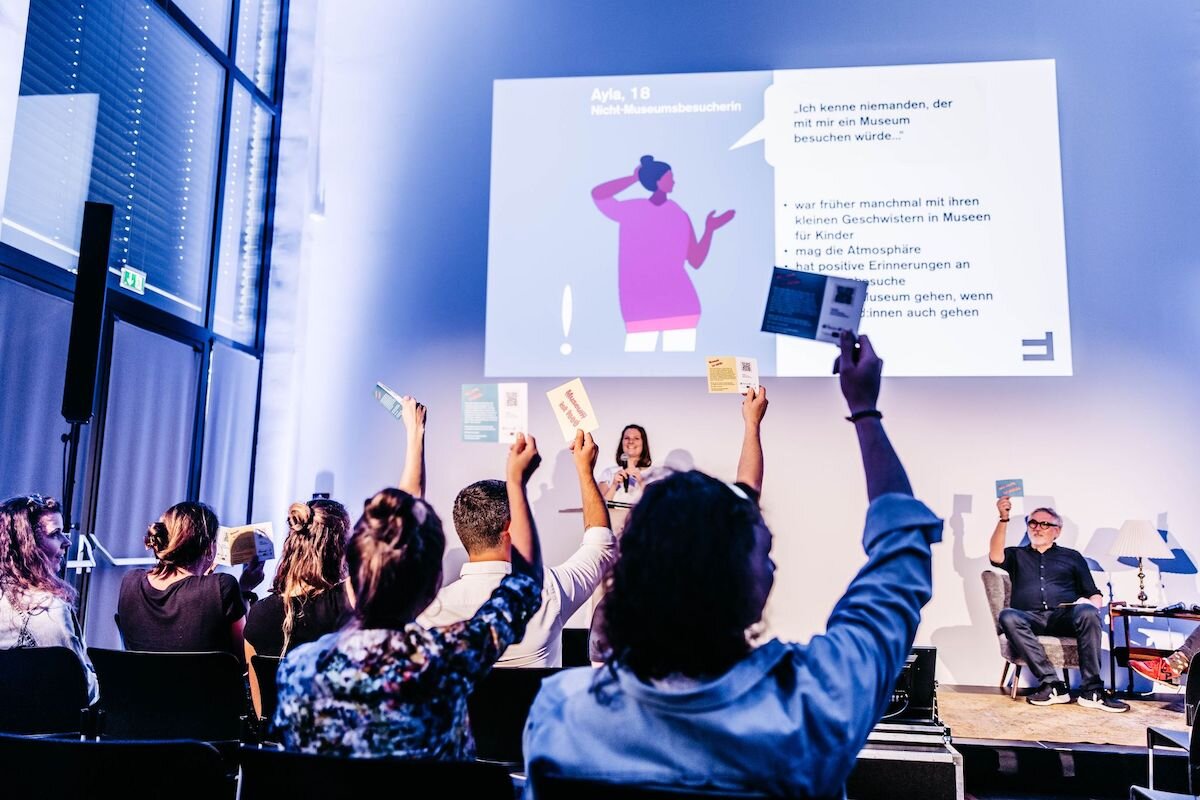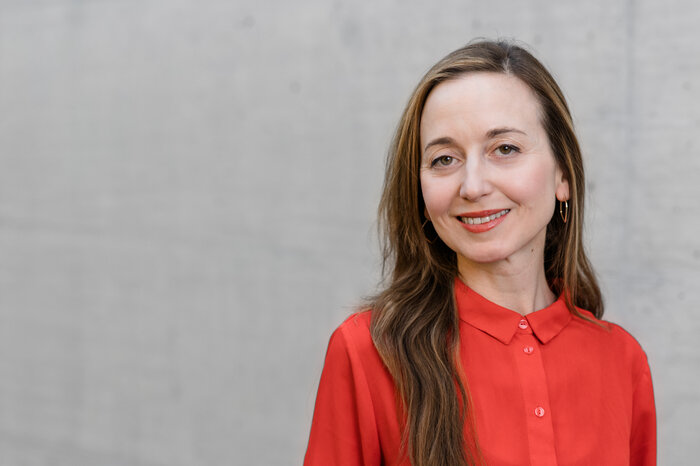Museum Futures and "Digital In & Out"
Margarita Köhl, head of the Department of Design at the FHV, has been building a research team since 2020. We present two current projects here

What will the museums of the future look like, and how will visitors, and especially non-visitors, enter into dialogue with these museums? These are the questions that the young researcher Jasmin Fischbacher is addressing. Together with the research groups Empirical Social Sciences of the FHV, the vorarlberg museum and the Zurich University of Applied Sciences, the researchers of the Department of Design take a twofold look at future scenarios and their development in the interdisciplinary research project "New Museum Worlds": With the research team around Margarita Köhl, Jasmin Fischbacher is developing a special toolbox for museums. The toolbox contains innovative tools for the evaluation and further development of measures that museums take to address both visitors and non-visitors. Museums thus obtain a valuable assessment of their own positioning - especially with regard to trends that provide impetus.
Imaginations of the non-public in demand
For the development of the Toolbox methods of the practice-integrating Design research are used in the apron. This is particularly concerned with the ideas, attitudes and wishes of the non-public - i.e. those people who have not previously been encountered in museums. The results serve as a starting point for the development of future scenarios, which are evaluated in subsequent workshops by museum representatives, visitors and non-visitors. This visually supported research step makes it possible to make the mental models of (non-)visitors visible and thus also comprehensible.
Digital In & Out: Opportunities and Risks of Digitization in the Museum Context
The advantages and disadvantages of digitization in the museum sector are still controversially discussed today: Which digital tools do museums use in different content contexts? And how useful are they? Marilena Tumler from the research team of the Department of Design deals with these questions in the project "Digital In & Out" - another cooperation of the Department of Design with the vorarlberg museum.
Marilena is investigating a virtual reality project that her colleague Florian Ramsebner submitted as a bachelor's thesis to the Department of Design. Elements of this work - namely the buildings of Roman Brigantium, now Bregenz - are to be transferred from virtual reality to augmented reality as part of cross-reality research.
Informative and playful
By combining this with augmented reality elements, it is possible to create a new type of museum presentation that allows, for example, ancient buildings and their stories to be incorporated into today's cityscape. In this way, we can playfully place buildings in those locations where they stood in Roman times. Learning-psychological mechanisms such as the "sense of place" take place and the history-didactic competence acquisition as well as historical thinking are promoted. Building on her experience as a researcher in the fields of history didactics and technology-supported mediation, Marilena Tumler created a concept for a multimedia mixed reality application that contains both informative and playful elements.
Contact
October 2022
